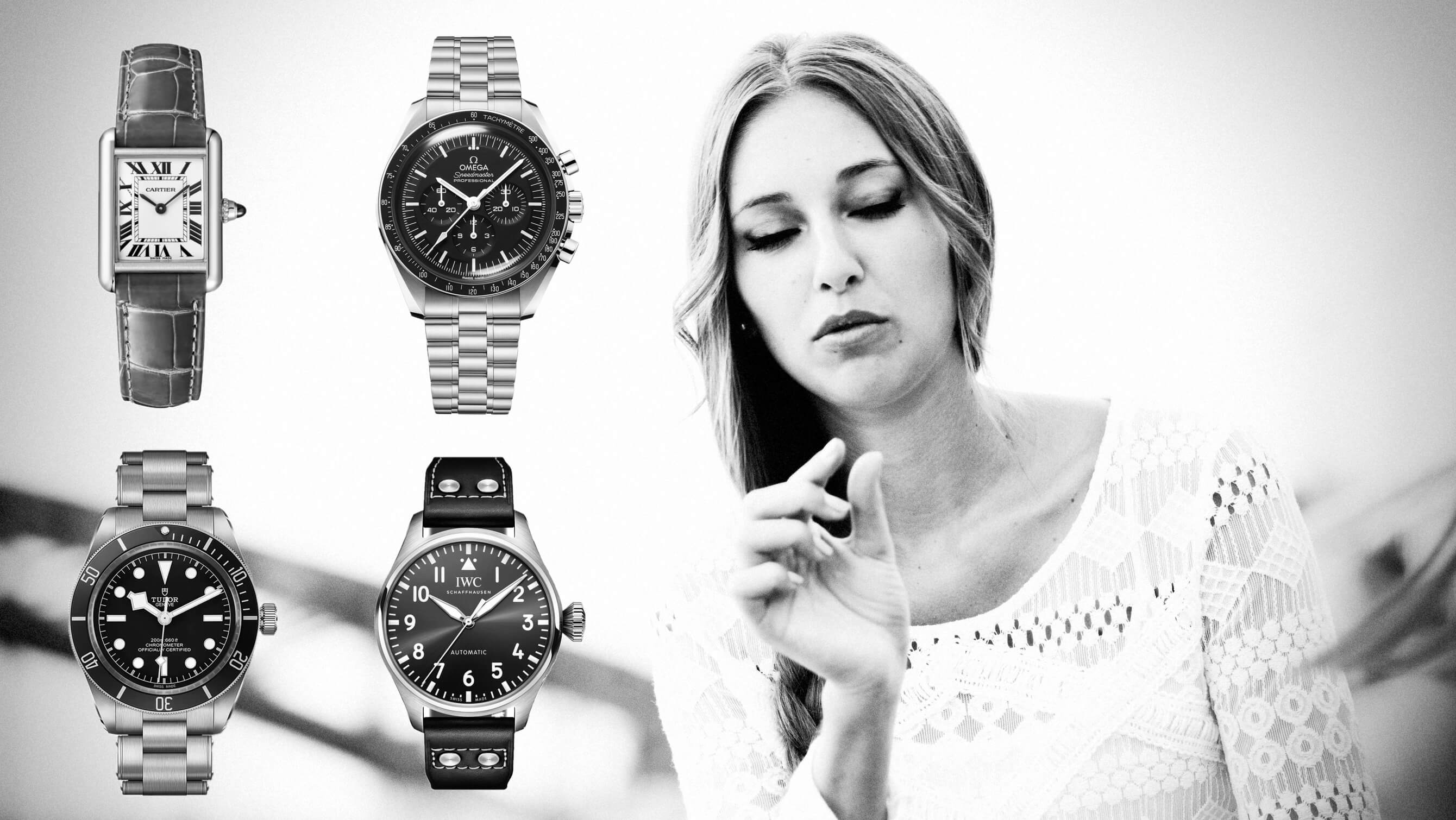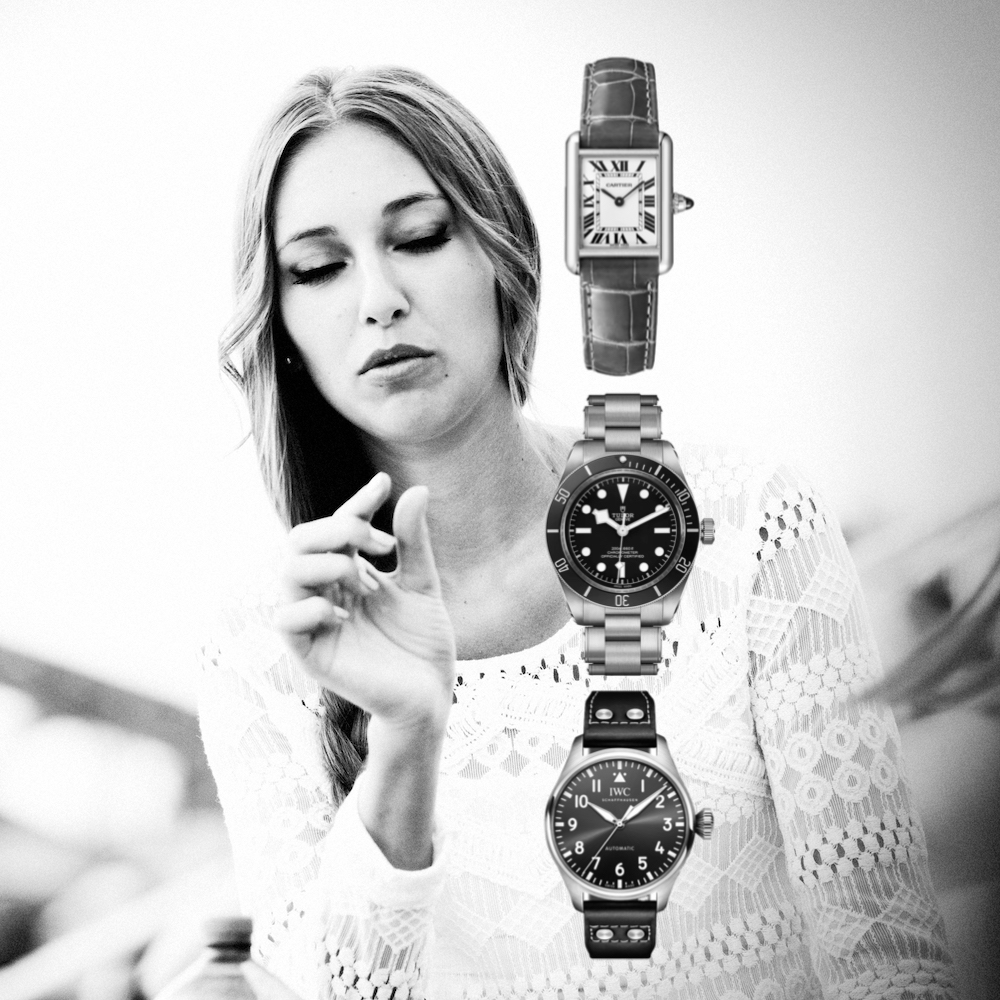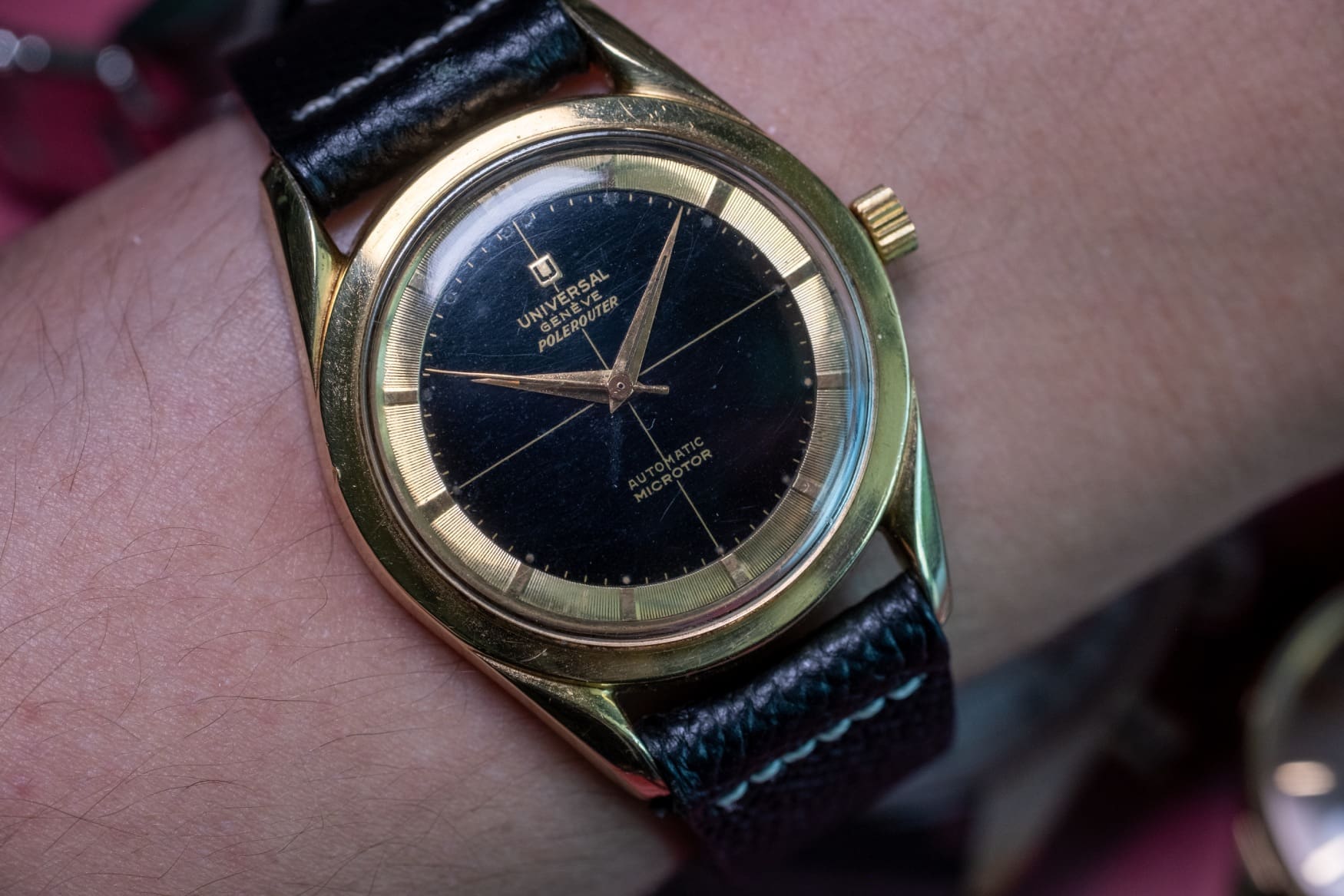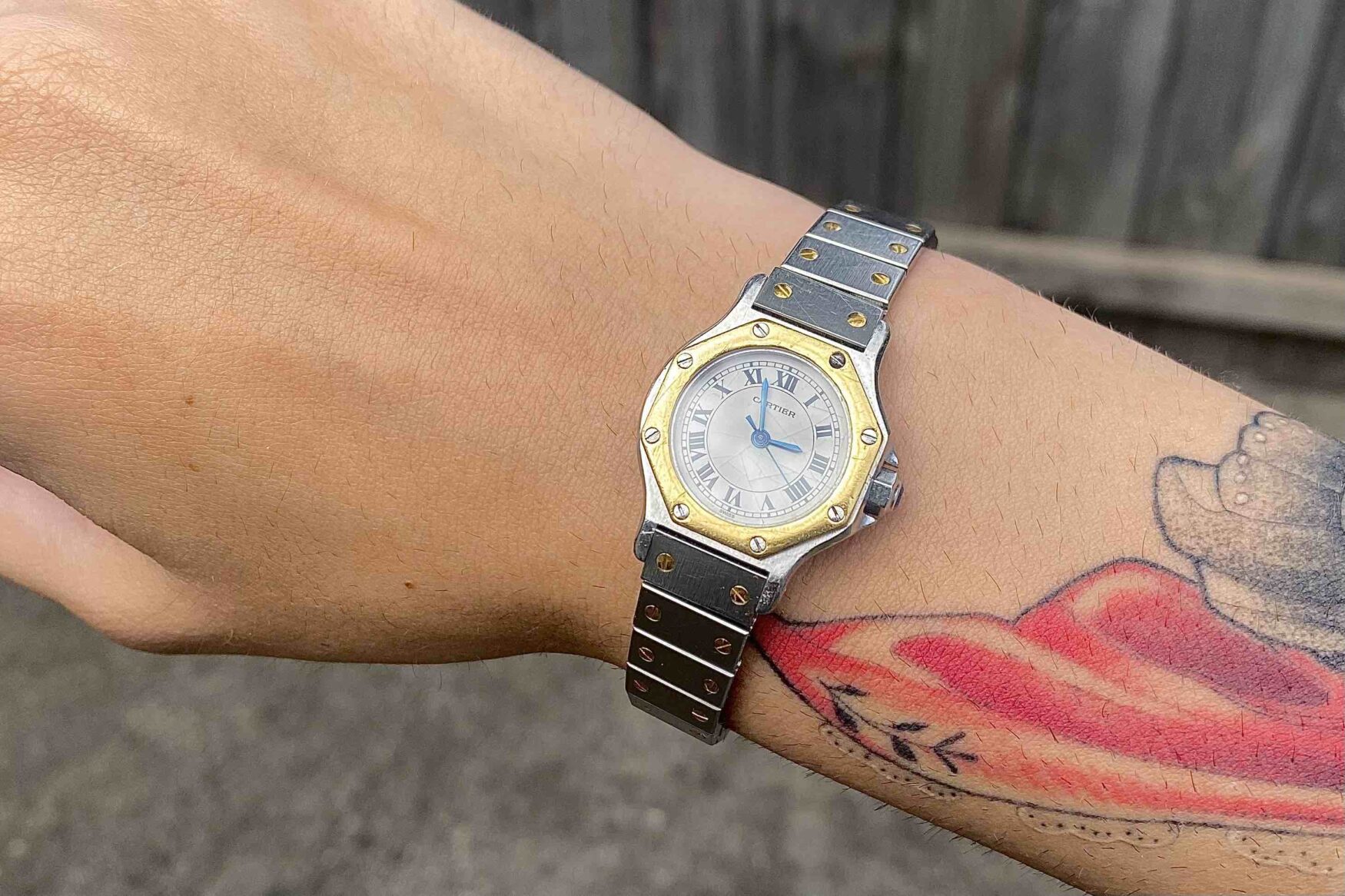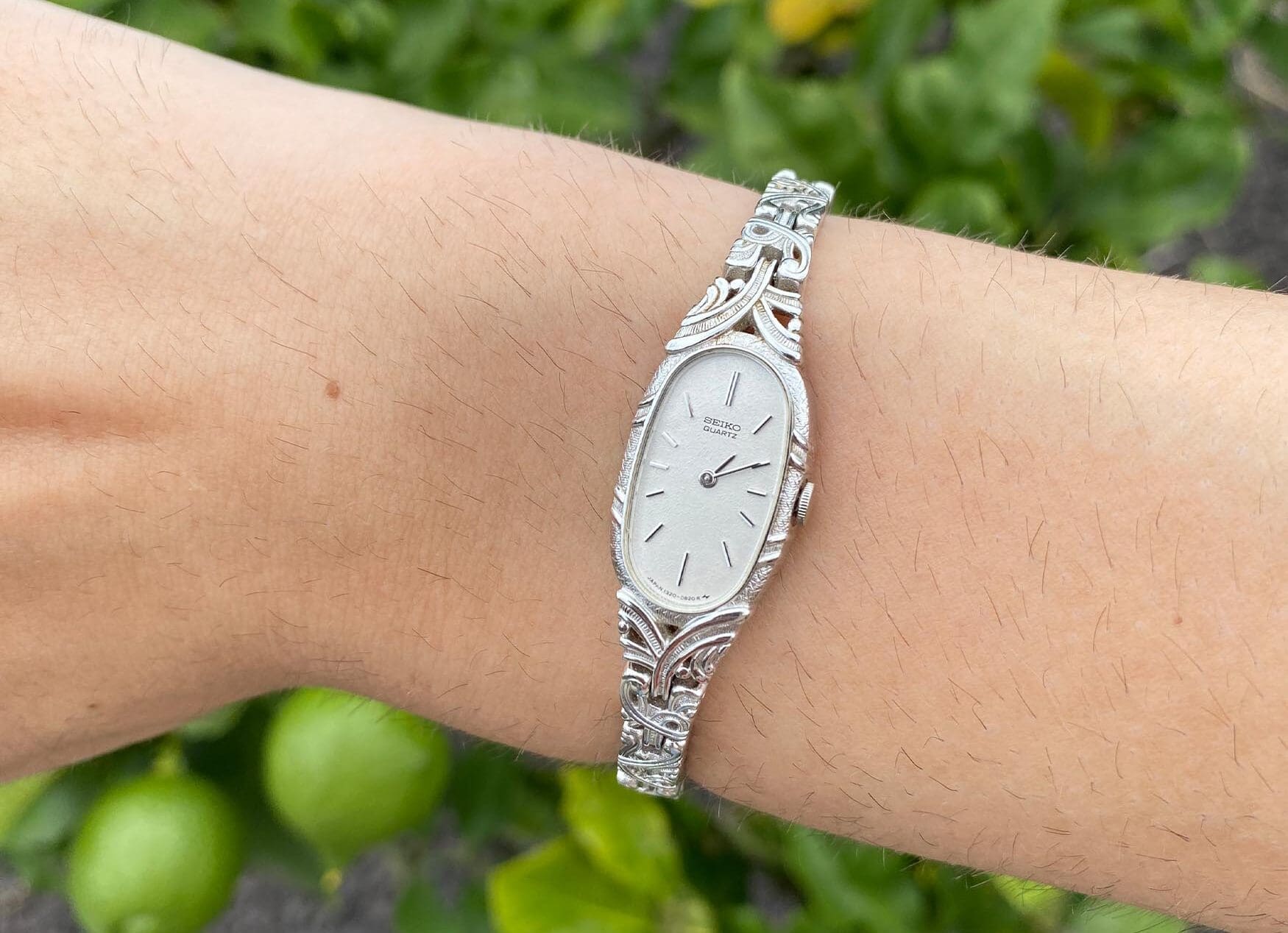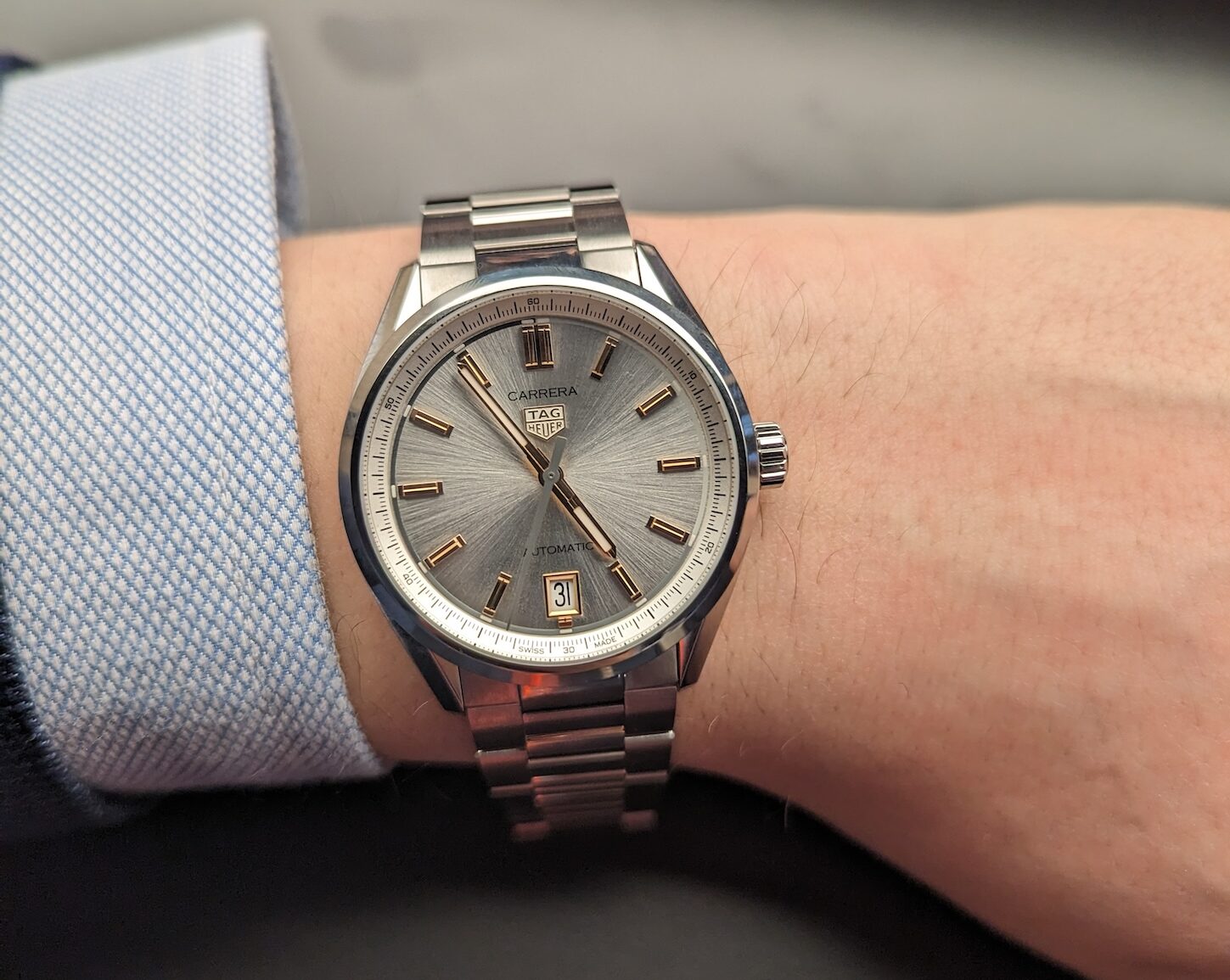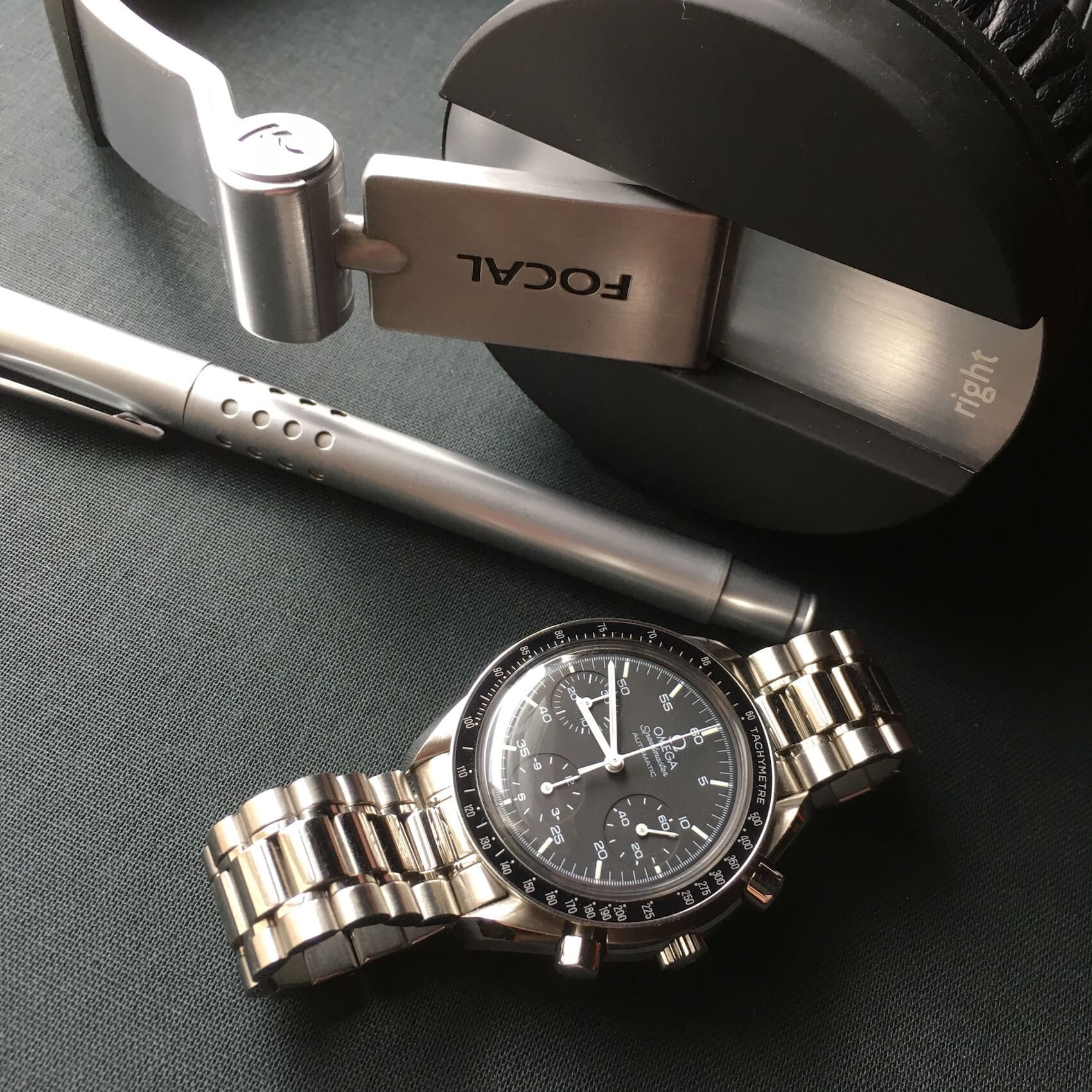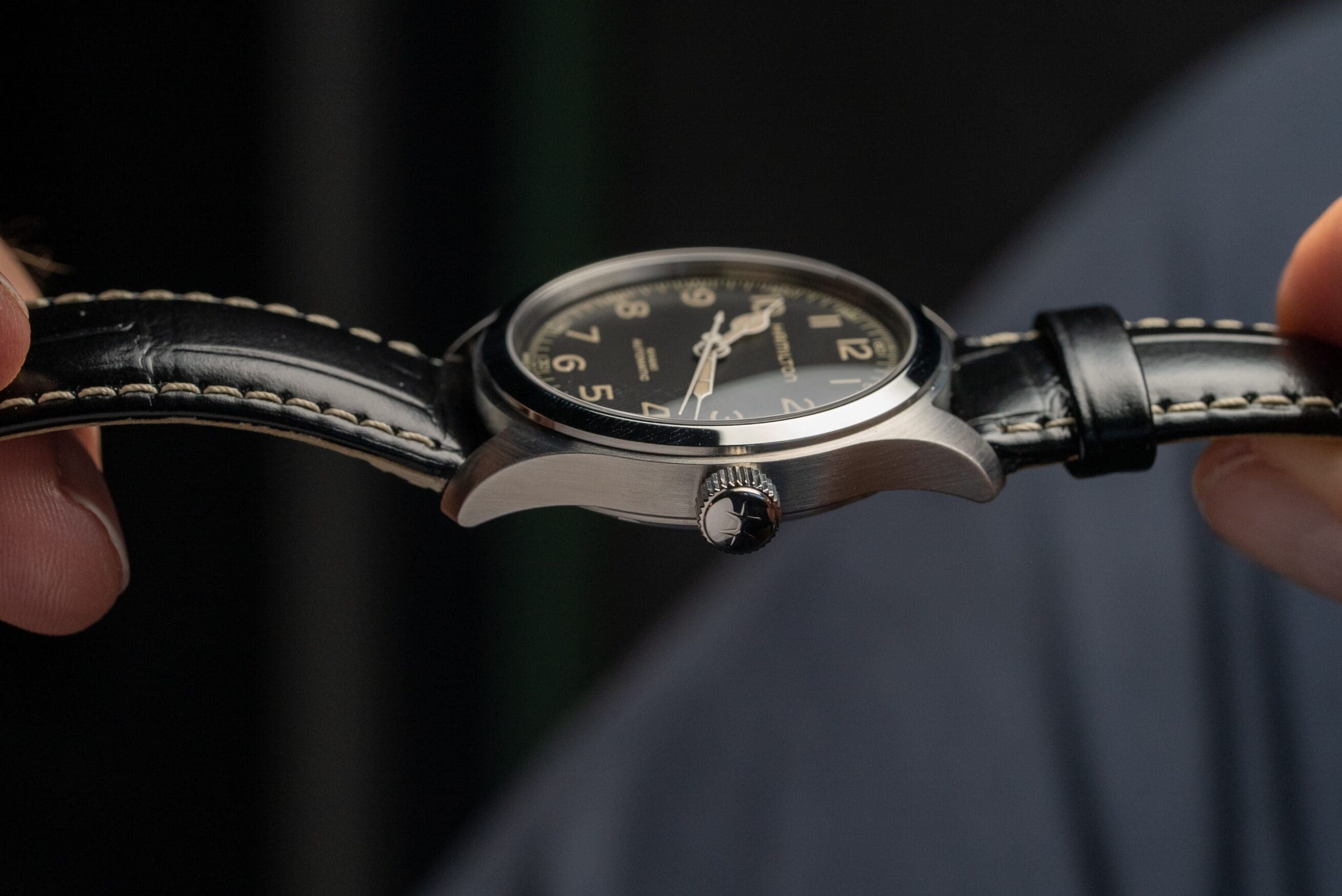The Time+Tide team pick their favourite watch size
Time+TideEditor’s note: Size very much matters, though we’re limiting ourselves to the realm of watchmaking. When it comes to a wristwatch, aside from whether or not someone can afford a watch the most important factor is whether or not the watch fits you (yes philosophically, but more importantly physically). The thing is, the perspective of what is a perfect size and fit is a completely subjective thing. So, we put the question to the Time+Tide editorial team – what is your favourite watch size?
Is there such a thing as the perfect watch size? With ever-changing trends dictating designs, the only answer we can be sure of is – no. And the proof is in the pudding. Starting with pre-war era pieces that were basically pocket watches with soldered lugs, trends evolved to smaller, refined Art Deco stunners and mid-century oddities. From there, we ended up with the hulking Panerais, IWC Big Pilots and AP Royal Oak Offshores of the ’90s and ’00s, only for the diameters to eventually come back down to around 40mm, with the current trend seemingly heading back down to smaller sizes. So, as Zach alluded to (and clarified), size very much matters when it comes to watches, but we’ve all got our own preferences.
Borna – 35mm
I’ve thought long and hard about this, taking all of 30 or so seconds to come up with an answer. Was it influenced by the fact I was wearing the very watch that inspired it? I guess we’ll never know. Taking some time to actually think about it though, and I’m all the more in agreement with my hunch, though it does come with an asterisk. The micro-rotor-powered Polerouter on my wrist is just about the most comfortable watch I’ve ever owned, and the combination of those lugs and deceptively slim thickness (thanks to the wildly domed crystal) make my love of its size all the more apparent.
Having said that, I certainly don’t insist on 35mm for any of my watches. If I had to, my collection would reduce to a grand total of one – the Polerouter in question. The honest answer is that I’m much more comfortable with a range of sizes, generally between 32mm to 38mm. That’s not to say I don’t own any larger watches which I hugely enjoy – the 42.5mm SKX being the largest in my collection. As my colleagues will touch on further in this article, many other factors affect how a watch wears – lug-to-lug being a particularly important metric. While the 35mm Polerouter may be my favourite, this hobby of ours (or job for me, I guess), would be boring if we stuck to just one size.
Buffy – less than 25mm
I’m not going to pretend that my view will ever be popular, and I can promise that I’m not just taking this stance to be contrarian or because someone else picked my preferred size first. In the last couple of years, my watch collecting horizons have expanded to embrace women’s designs, and there’s no going back. I’ve always had pretty small wrists, and it was always a struggle to get even relatively small watches to fit comfortably. My vintage Omega Seamaster at 34mm was about as close as I could get, but then I realised there really is no lower limit to my preferences.
The smallest watch I’ve worn had a diameter of just 12mm, and it mostly felt like a comfortable bracelet with the added bonus of being a watch. I’ve picked 25mm as my upper limit thanks to this Cartier Santos Octagon 25mm which I recently picked up, and it’s funny how huge it feels in comparison to the 15mm Seiko which I wore most in 2023. That is a 66.6% increase after all, but there’s so much variety open to me because none of them are fighting for space on the canvas of my wrist.
The other benefit of small watches is their affordability. Because demand is so much lower, the vast majority of watches below 25mm cost merely a fraction of their larger counterparts. If the watch is something like a quartz-powered Seiko, then it really won’t cost very much at all. Even if it’s from a luxury brand in precious metal, unless it’s a recent release, you’re likely to find a bargain. For someone who prefers to shop second-hand like myself, it’s a wonderland out there in the op shops, online marketplaces, and barely competitive auctions.
Jamie – 40mm
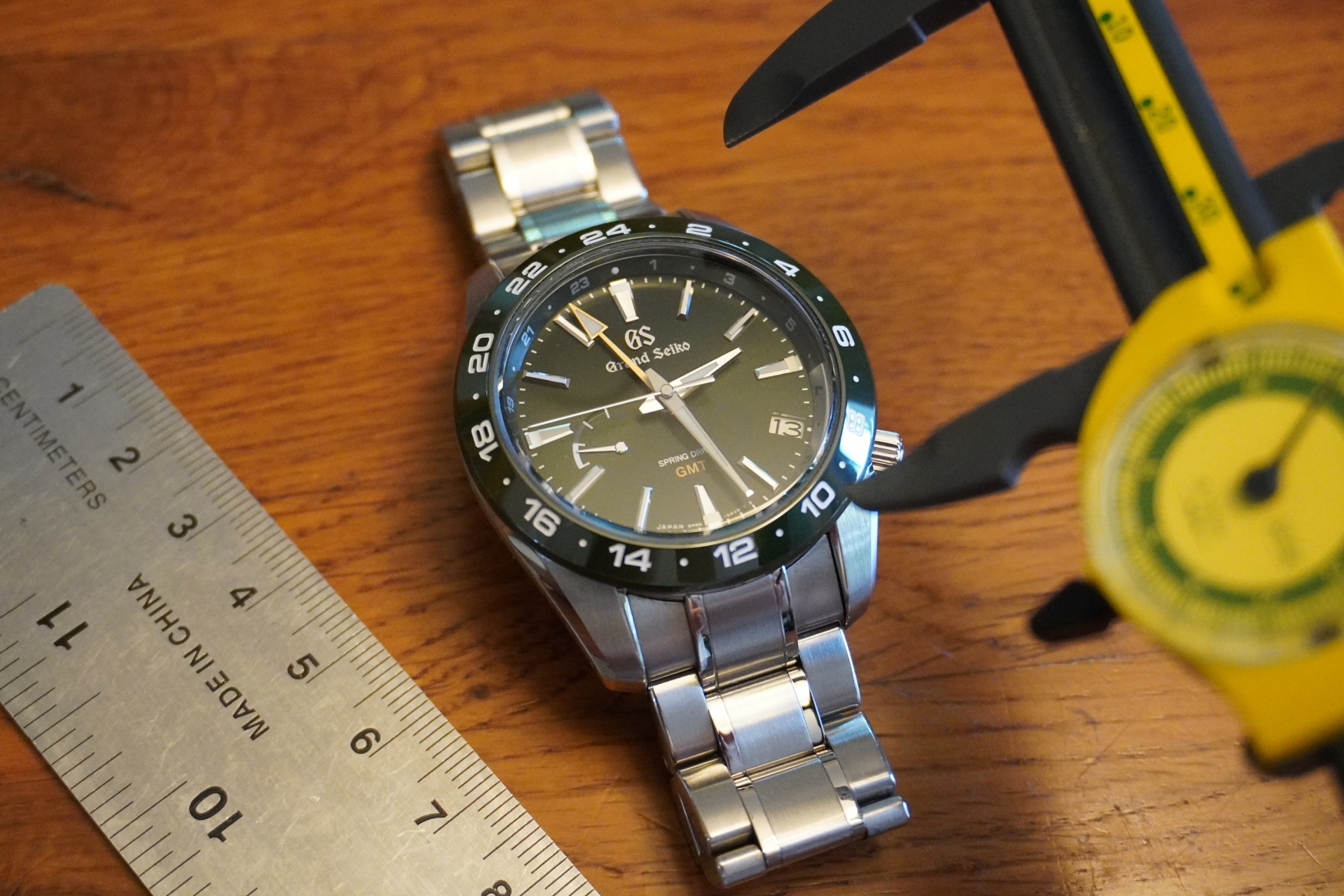
There’s a weird dichotomy that’s forming in watch culture at the moment. On the one hand, most enthusiasts tend to prefer a smaller watch (Buffy is an extreme example), and the watch industry is slowly moving away from larger case sizes – yet the general watch-buying public still loves a bigger watch, especially in Australia. Indeed, I think there’s a huge disconnect between dyed-in-the-wool enthusiasts and the reality of the watch market.
Actually, I was pretty shocked recently when I first looked at the comments section of our recent IWC Pilot’s Watch Performance Chronograph 41 review on YouTube. A few commenters were hyper-critical of the watch, saying that 41mm is too big. Okay, IWC technically plays silly buggers with that watch because it’s actually 41.9mm in diameter, but come on – even 42mm is an exceedingly common and popular watch size. 42 is simply not that big. It’s not even a Big Pilot! I’m like Will Ferrell in Zoolander – “I feel like I’m taking crazy pills!”
Anyway, I digress. My point is that I don’t think you can truly call a watch “big” these days unless it’s over 42mm in diameter and I feel as if many enthusiasts lack perspective when it comes to watch sizes. I will admit that I’ve got pretty big wrists (19cm or 7.5in) – bigger than anyone else on the T+T team I believe – so bigger watches suit me better than most. That said, I also don’t mind a small watch. I’ll wear anything from about 32 to 44mm, although my sweet spot is definitely 40mm, with most of the watches in my collection hovering around that diameter.
It might be gauche to also point out that 40mm happens to be the diameter of some of the world’s most popular watches, such as the Rolex GMT-Master II and Cosmograph Daytona, Tissot PRX Powermatic 80 and the original Patek Philippe Nautilus ref. 3700. But whatever. 40mm watches have wrist presence without being overly bulky, and suit just about every wrist, no matter what some WIS might say.
Zach/Russell – 36mm
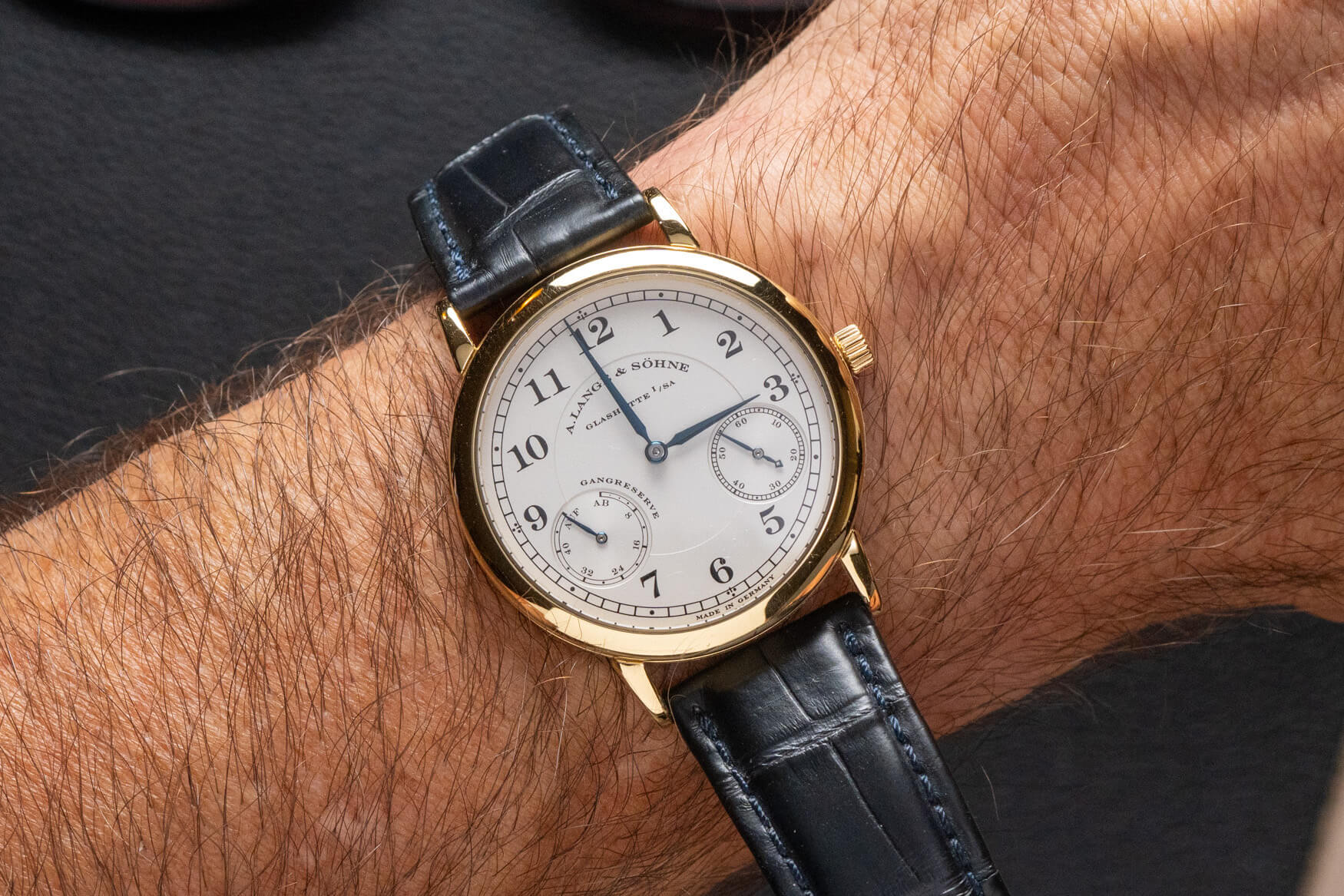
ZB: This question can be more nuanced depending on how far down the rabbit hole you want to go. For your standard, circular watch I would have to say 36mm is my preference, but once things become rectangular, square, or other less conventional shapes, the ideal number can change drastically – a Reverso with a width too far beyond 30mm would look ridiculous. Speaking within the typical circular case shape, however, 36mm is ideal in my mind because it offers a more classic stance on the wrist. I am someone who likes the proportions and aesthetics of vintage watches, but prefers the safety and reliability of modern ones.
For a smaller 6.5-inch wrist like mine, watches like my 36mm A. Lange & Söhne 1815 Up/Down ref. 221.021 (seen on Marcus’ approximately 7-inch wrist in the image above) look on my wrist how a 38mm watch would wear on more average-sized wrists a half inch or so larger. With a smaller diameter case, there is then also more room to play with the lug design. The majority of 36mm Nomos watches have a 46mm lug-to-lug length, a length across the wrist equal to my 40mm Grand Seiko SBGH283. Therefore, considering lug-to-lug is the most important measurement for fit in my mind, the larger the case the shorter I need the lugs to be – and this proportion can change the aesthetic of a watch greatly.
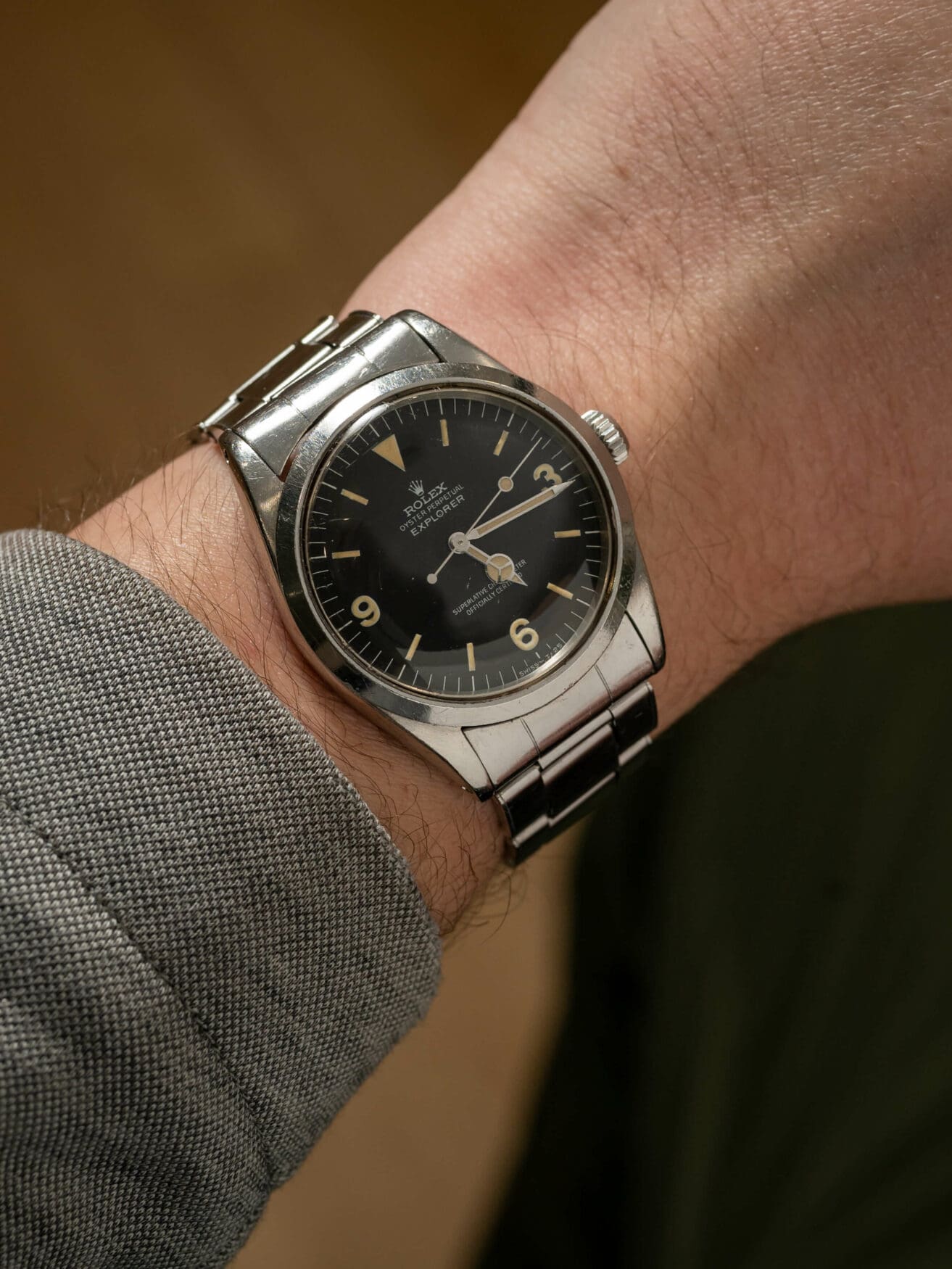
The Datejust looks its best in 36mm, in my opinion, is the most perfectly proportioned watch – the 41mm just looks weird to me. And in every hands-on I write, I always think: “you know what would make this watch better? If it was 36mm”. So, c’mon TAG Heuer. Make a 36mm Carrera Glassbox. You too, Grand Seiko – make a 36mm Snowflake please.
RS: As my esteemed colleagues have already pointed out, proportions can make or break a watch, no matter the case diameter. But for me, I’m always going to find a watch more comfortable at 36mm. Similar to Zach, I have been afflicted with diminutive wrists, and I can blame my Dad for that, so these vintage sizes are always going to be far better suited to me. I have owned and worn bigger in the past, but as I progressed on my watch collecting and discovery journey, I found out exactly how I want a watch to feel on my wrist.
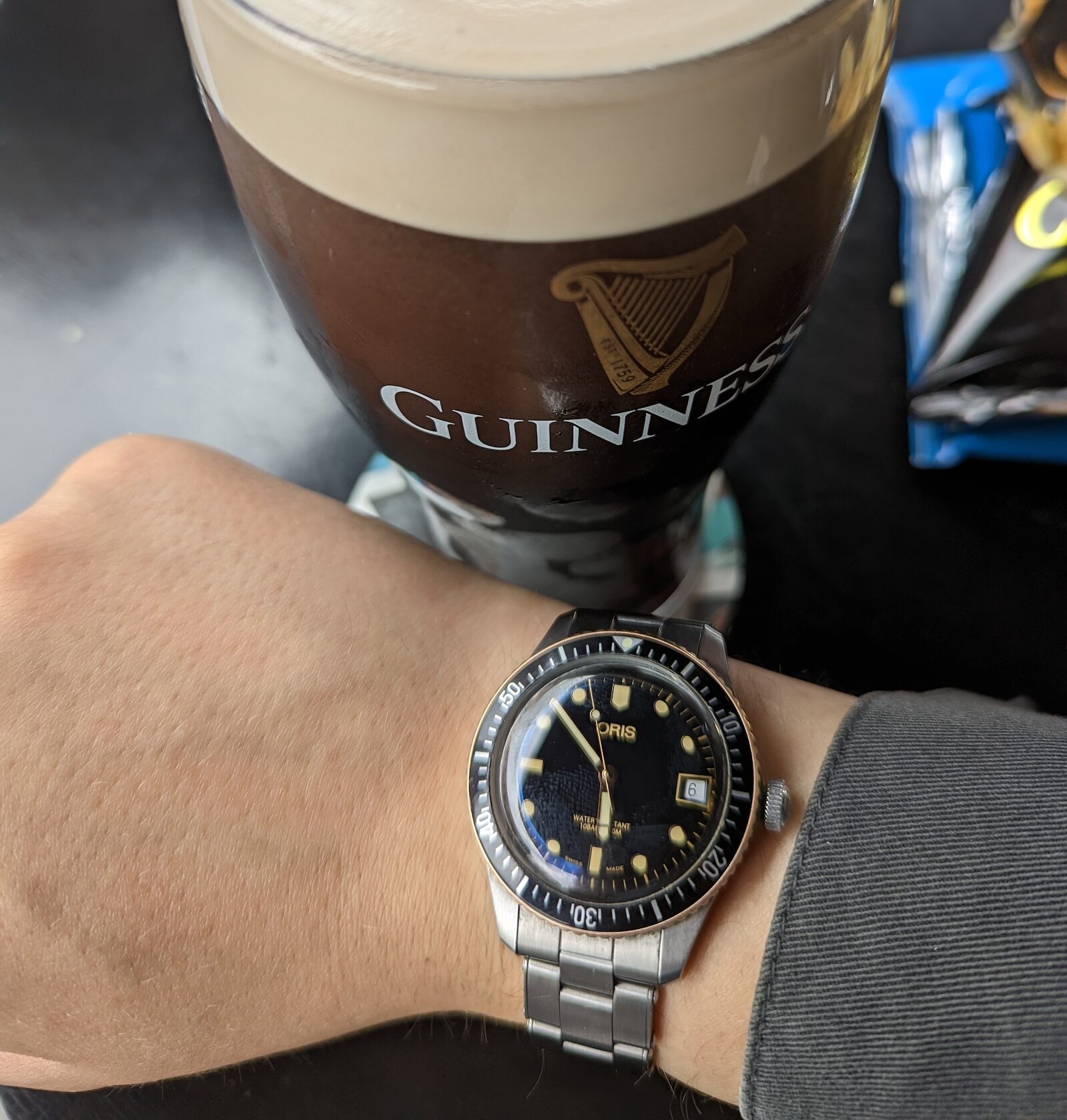
My Oris Diver Sixty-Five, despite being a little thick, has a great diameter and lug-to-lug for my wrists, and thanks to a more rounded caseback, feels incredibly comfortable. Due to my time working in the second-hand industry at A Collected Man, I was able to try on a whole range of older watches that typically came in these smaller sizes, and thanks to my smaller wrists, the photographer thought they looked in perfect proportion on me, which meant I was used for many a wrist shot in my time.
I have been a massive fan of watch brands shifting their sizing down to my preferences in recent years, but I still think there is a long way to go, if we are to really hit the nail on the head here. One of my biggest gripes when it comes to watch size doesn’t actually have anything to do with how the watch wears, but what’s inside. If the movement is way too small for the case it’s in, then that suggests that the watch has been blown up for no real reason. This angers me, and can prove to be an instant turn-off. I don’t want to name names, but if a watch can be 36mm or 38mm and you sell it at 42mm, I will have some serious questions.
D.C. – 38mm
I’ll admit, this brief is a bit weird to me. What’s my favourite watch size? Um, one that fits me? The ideal watch size is a bit tough to pin down. Watches aren’t like shoes, where the answer is almost always the same (US size 11, BTW). No, the answer for me is entirely dependent upon which watch I’m wearing. They’re more like skis, I suppose, where size is dictated by purpose and design. A powder ski and a giant slalom ski are two very different beasts.
But I’ll play along. I’ve answered 38mm, because it’s my personal sweet spot within traditional watch dimensions, but there are a host of factors at play. What about long-lugged, minimalist German watches, such as a Nomos? Then my answer would be closer to 36 or 35. How about a cushion-cased diver with nearly nonexistent lugs, like Seiko’s Turtle? I can wear those very comfortably, and modern ones push 44mm in diameter. So lug-to-lug is one factor, as well as the curvature (or lack thereof) of said lugs.
So how did I come up with 38mm? Well, the watches I wear most often seem to circle around that block. My Speedmaster Reduced is arguably my most comfortable watch, with a near-ideal fit for my wrist. Its dimensions? 38.5mm across, with a 45mm lug-to-lug. My new-ish Serica 5303-3 is just a hair bigger, at 39mm and 46.5mm. Again, it feels like a part of my wrist. My wishlist Tudor Black Bay 58 925 has similar dimensions, measuring 39mm by 47mm. You’re probably sensing a pattern here.
But the greatest thing about collecting? I don’t feel the need to adhere to a rigidly self-enforced case diameter. Variety is the spice of life, and depending on your tastes and mood, you’ll find there are times to pull back, and times to go big. If I feel like wearing my 41mm Navitimer one day, and my 33mm Gruen Precision another, I will. And they both fit great, in my view. Don’t box me in, man.




